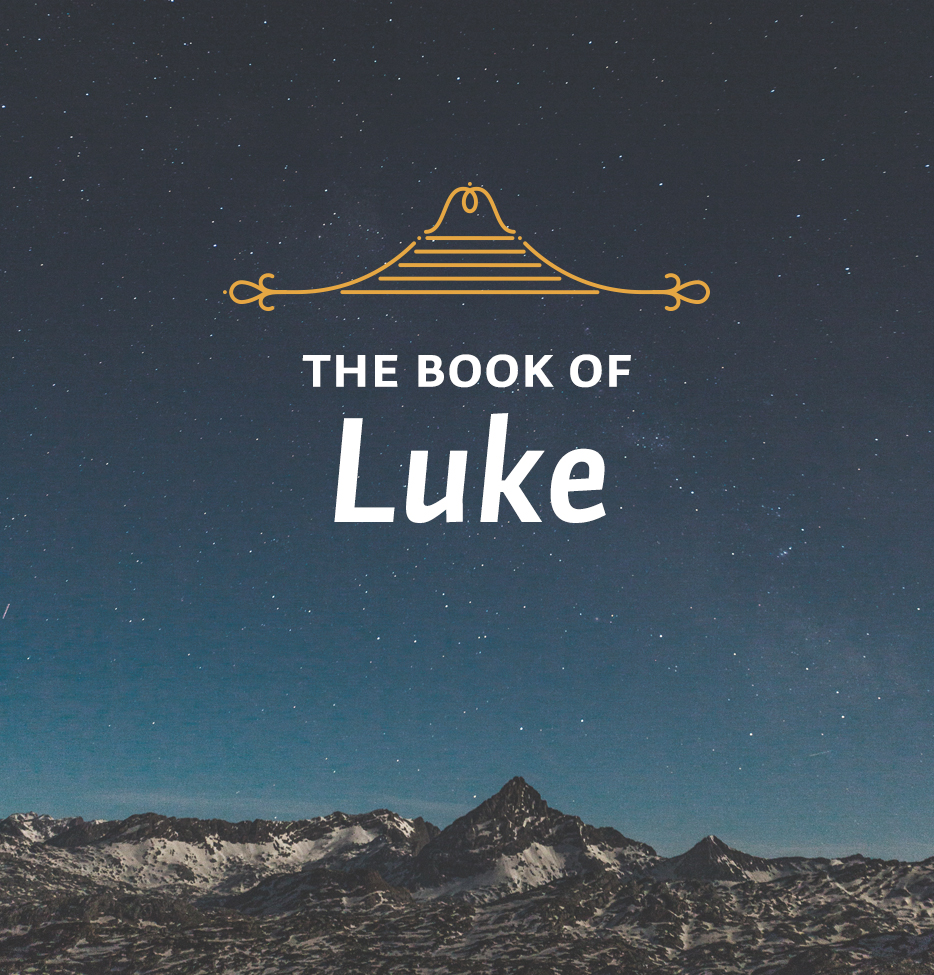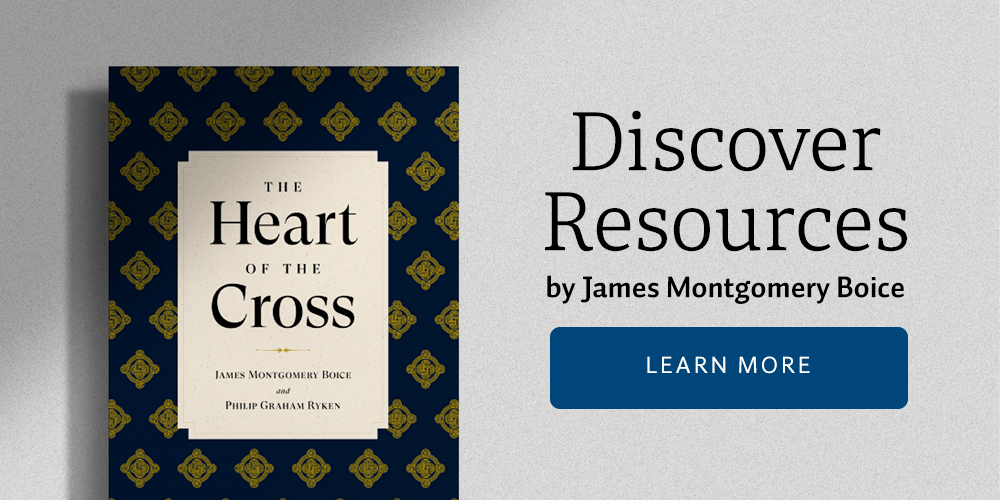Theme: A Question of Necessity
From these lessons we see that the suffering, death, and resurrection of the Lord Jesus Christ were necessary in order for us to have the one true Redeemer who would deliver His people from their sins.
Scripture: Luke 24:26
In Luke 24:26 we read, “Did not the Christ have to suffer these things and then enter his glory?” That’s a question of necessity and it’s unlike other questions that Jesus asked. On one occasion Jesus asked His disciples about His own identity: “Who do ye say that I, the son of man, am?” Elsewhere He asked a question concerning discipleship: “Why do you call me ‘Lord,’ ‘Lord,’ and do not the things that I say?” Or again He posed another question about right priorities: “What shall it profit a man if he gains the whole world and lose his own soul?”
Here we have a question that deals with necessity and it’s an invitation to the disciples and to us to reason together about these things. As our Lord says, “Was it not necessary?” or as the King James asks it, “Ought not the Christ to have suffered these things and then to enter into His glory?”
There are all kinds of necessity of course. There’s the necessity that is linked to nature. For example, it’s necessary that we die. God’s Word says it is appointed unto man once to die. There is a necessity of law. If you do certain things, you must pay the price. There’s a kind of necessity laid upon us by force. It’s necessary for you to clean up your room and if you don’t you’ll get into trouble.
But the kind of necessity that we have here in Luke 24:26 is different. This is a moral necessity. There is a moral obligation and when we read it carefully, it’s obviously connected with the Scriptures. Because if you read the verse immediately before this, Jesus says, “How foolish you are not to believe all that the prophets have spoken.” Then he asks this question: “Did not the Christ have to suffer these things and then enter his glory?” The verse immediately following this goes on to say, “And beginning with Moses and all the Prophets, he explained to them what was said in all the Scriptures concerning himself.” That’s an important question. It’s a question that challenges us to look to the Word of God itself to see from the basis of what is written there the necessity of the things that we remember particularly during Holy Week.
This question is set in the context of a story and it’s important to understand the story because we could easily put ourselves in the shoes of the people that were involved. First of all, let’s ask who was involved? Who were these Emmaus disciples? I don’t know why it is that they’re so often spoken of as the Emmaus disciples when it’s pretty easy, I believe, to know their names. For one thing, the name of one of them is given here in the story. The man’s name is Cleopas.
Now it’s true that in Luke 24, he’s the only one that’s mentioned, but if you get out a concordance of the Greek New Testament or an English concordance and look up his name, you very soon find that there’s another reference to Cleopas in the nineteenth chapter of John, where the wife of Cleopas is mentioned. It’s true the word is spelled just a tiny bit differently, but probably there’s every reason to think since this concerns the same group of people at the same time of Christ’s ministry, indeed the same week, and indeed almost the same days, that this is the same person.1
Then if you read that passage in John very carefully, I think it gives us the name of the other person, who, as I understand it, was Cleopas’s wife. The passage in John lists a number of women who stood near the cross. There are different ways of reading it, but I believe that the best way means that the wife of Cleopas is named Mary. If it refers to the person mentioned before, who is Jesus’s mother’s sister, that would mean that you had two sisters named Mary in the same family, which is unlikely. It would also be more consistent with John’s style to identify people. So he identified the first Mary as the mother of Jesus. Then he refers to the person who is closely related to her as her sister, explaining who she was but not giving her name. Then you have another Mary, the wife of Cleopas, followed by Mary Magdalene. Thus, the wife of Cleopas seems to be an explanation of who the middle Mary is.
So what we probably have in this verse in John is an identification of who was there in Jerusalem with Cleopas, quite understandably his wife, during this last week, and who was therefore probably the one who accompanied him here in Luke 24 as he went home to Emmaus after the crucifixion and the resurrection.
Study Questions:
List the different types of necessity that were mentioned, and an example for each. What kind of necessity do we find in our Scripture text for this week?
Read Luke 24:13-35. What do we learn about the two who came from Emmaus to Jerusalem?
1Editor’s Note: The current scholarly consensus now seems to be that the two men are not the same person.






